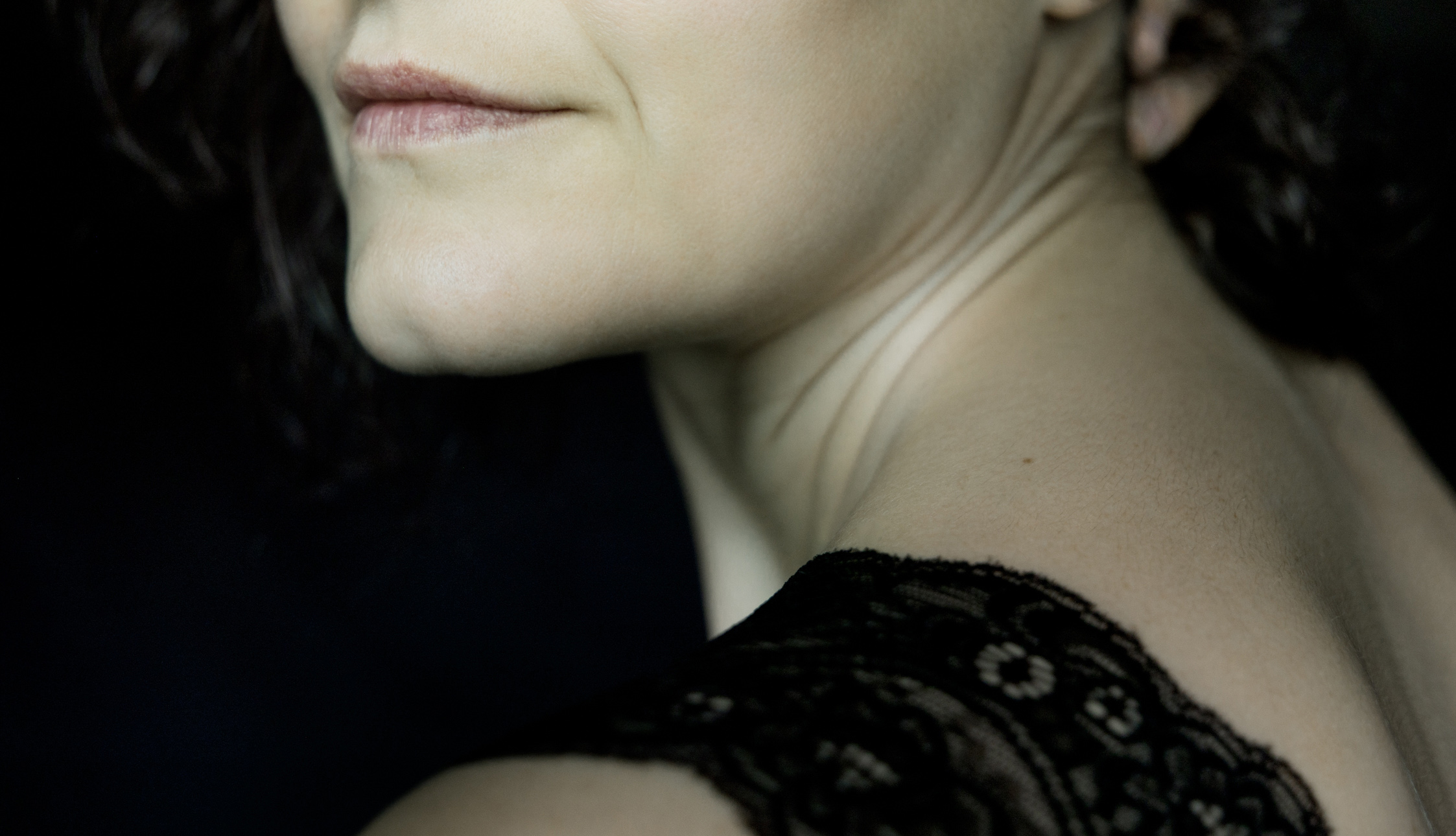
The underpainting
10 Agosto 2023
Portraits | Painting | News
A portrait study inspired by the Renaissance color technique
Verdaccio, Bolo Armeno, Terra di Siviglia, Nero di Vite were the evocative names for the imprimitura painting layer pigments, used by the Renaissance portrait painters on their canvas to create the basis to paint on, giving to the portraits that distinctive individual style that made history.

Preparing the canvas
The color management of these portrait study bases the foundation on the way they prepared their canvas.
The pigment that was included in the preliminary base layered on the canvas set the tone of the whole painting.
On the skin tone, this technic produces very different results, depending on which kind of terre pigments is chosen and the way it’s used.

Verdaccio and the others
The black-blue-greenish Verdaccio’s tone, described by Cennini in its “Libro dell’Arte”, gave to the shadows a typical deeper cold shade, giving to the portrait intimacy and presence.
Merisi used a mid-tone base made with reddish and brown pigments to portray the intensity of its subjects.
In time brighter tones will be used to make the imprimitura, giving the skin tone glow and luminosity.

Beyond the borders
I started from these premises and for this portrait study, I used a black-and-white image as a base, like a sort of Flemish grisaille. On that I added on overlapping painted mixed layers, in order to give to the skin and to the whole portrait the complexity of the Renaissance tone shades and color palette.
This allowed me to overcome the physical limits of color recording of a digital sensor or a film.
It goes beyond the borders of color grading too, being a handmade process, in which you give to the portrait the tone value you want in the place you decide to, defining the character and the depth of the gaze.